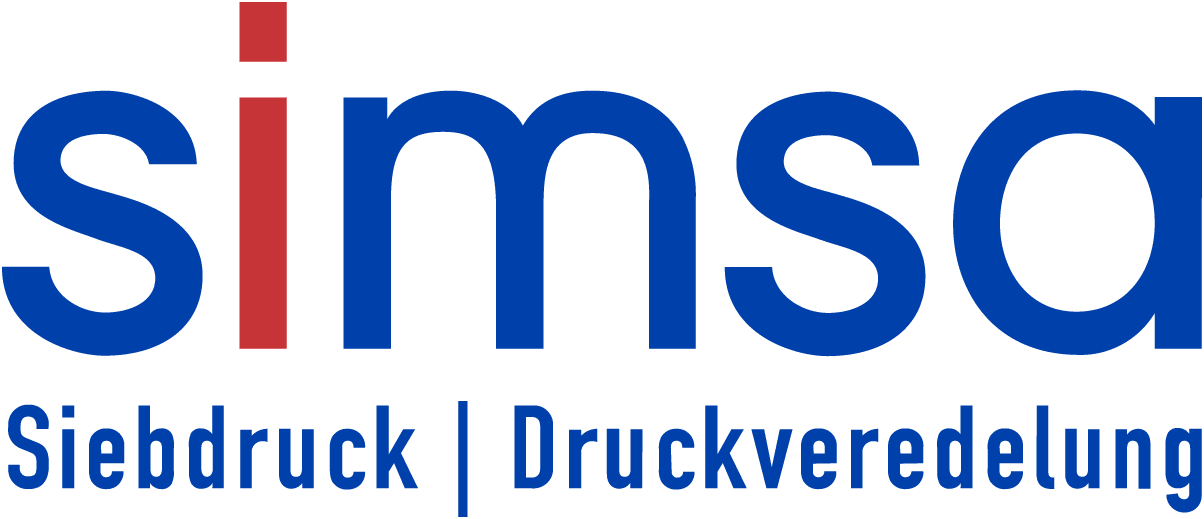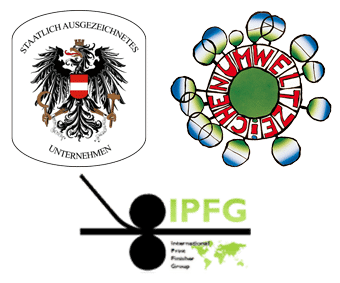Special printing techniques for art prints and publications by artists, galleries and museum stores
We offer various techniques and options here:
Serigraphs
Serigraphs, for example, are still highly valued in collectors’ circles and were already practiced by Andy Warhol. These are art prints made using the screen printing process. This scores points with its rich and thick layered application of color. In addition, many effect colors are possible, such as fluorescent neon colors, metallic colors, afterglow colors or various paint effects.
Giclée print
Giclée printing or giclee printing is an art scene term for art prints based on the inkjet printing process. We use UV inkjet, the most modern technology in this field. We also like to call this “digital screen printing”, as the two processes have in common that a variety of materials can be printed and the colors in both cases score with high ink application.
Giclée generally stands for high-resolution, usually rather large-format, artistic prints with long-lasting inks on inkjet printers. The UV inks we use are considered high-quality pigment-based archival inks. In terms of their lightfastness, they can therefore be used for art prints and art reproductions for indoor use. When selecting the paper, we also recommend using certified age-resistant paper in accordance with ISO 9706, such as “Munken Kristall” uncoated paper.
Real metal art prints
We can also reproduce pictorial works of art that use metallization such as gold leaf or golden acrylic paint. A classic example are reproductions of paintings by Gustav Klimt, which sell particularly well in Austrian city tourism. But modern, sculptural artists who work with metal can also obtain exhibition posters and catalogs in a matching metallic shade. In addition to gold, silver and copper, there is also a wide range of metallic shades and hologram effects for art prints.
Exceptional materials for art prints and exhibition spaces
We are also frequently involved in the design of exhibition spaces when it comes to printing on unusual materials. For example, the MUMOK in Vienna has had around 300m² of wall surface papered with real linen printed by us.
Art prints are often printed on watercolor paper or museum cardboard. But we have also been able to realize artistic designs on thick grey cardboard, sandpaper, imitation leather, wooden panels, plastic foils, acrylic glass and even toilet paper.
Imitation of the artist’s own techniques
We particularly enjoy reproducing an artist’s own technique and the resulting look. The aim here is to reproduce the artwork as faithfully as possible. One successful example was a cover for Herbert Hinteregger, an artist who paints with the pasty ink of ballpoint pens. This leaves behind rough and thick-layered surfaces, which we reproduced on his catalog cover for the art-interested public to “feel”.
Many painters also use the technical possibilities to optimize their work:
Limited small series
Limited small series of art prints can also be numbered on the print side.
Forms to paint over
Preprints of a basic motif on watercolor cardboard, for subsequent overpainting by the artist, enable a series of art prints of the same motif, in which each painting is nevertheless individually different in color.
Image adaptation to exhibition rooms
Sometimes pictures are an unfavorable size for the exhibition or should contribute more to the staging: We then print them appropriately enlarged and also in a surprising type of presentation, for example when a picture with a diameter of 4m awaits visitors as a walkable floor area.
Mixing techniques
In addition to serigraphs or metallization, there are often other techniques for art prints, such as inkjet printing (“digital screen printing”), embossing, partial gloss varnishes or effect colors, such as neon colors or glitter pigments. In art circles, this is referred to as a “mixed media” print.
Art prints as corporate gifts
We also produce art prints for companies, for example as Christmas gifts for business partners or to decorate your company premises.
Below are some of the artists and artistic institutions from whom we have printed art prints or helped to design the covers of art catalogs and art books (in random order):
Ines Doujak, Herbert Hinteregger, Christian Ludwig Attersee, Ona B., Tone Fink, Georg Nenz (Czernin), Gerhard Czervenka, John, Helmuth Parthl, Hermann Nitsch, Andreas Fogarasi, Wolfgang Paalen, Steirischer Herbst, Rosemarie Trockel, Piotr Szyhalski, Mounira Al Solh, Dr. Gottfried Reszner, Amanullah Mojadidi, Dana Sherwood, Horst G. Haberl, Boris Mikhailov, Alexander Rendi, MUMOK, Galerie Kolhammer, Galerie Ruberl, Belvedere, KÖR Kunst im öffentlichen Raum, CytoSorbents, Vianina, Mag.a Marie Theres Litschauer,…

